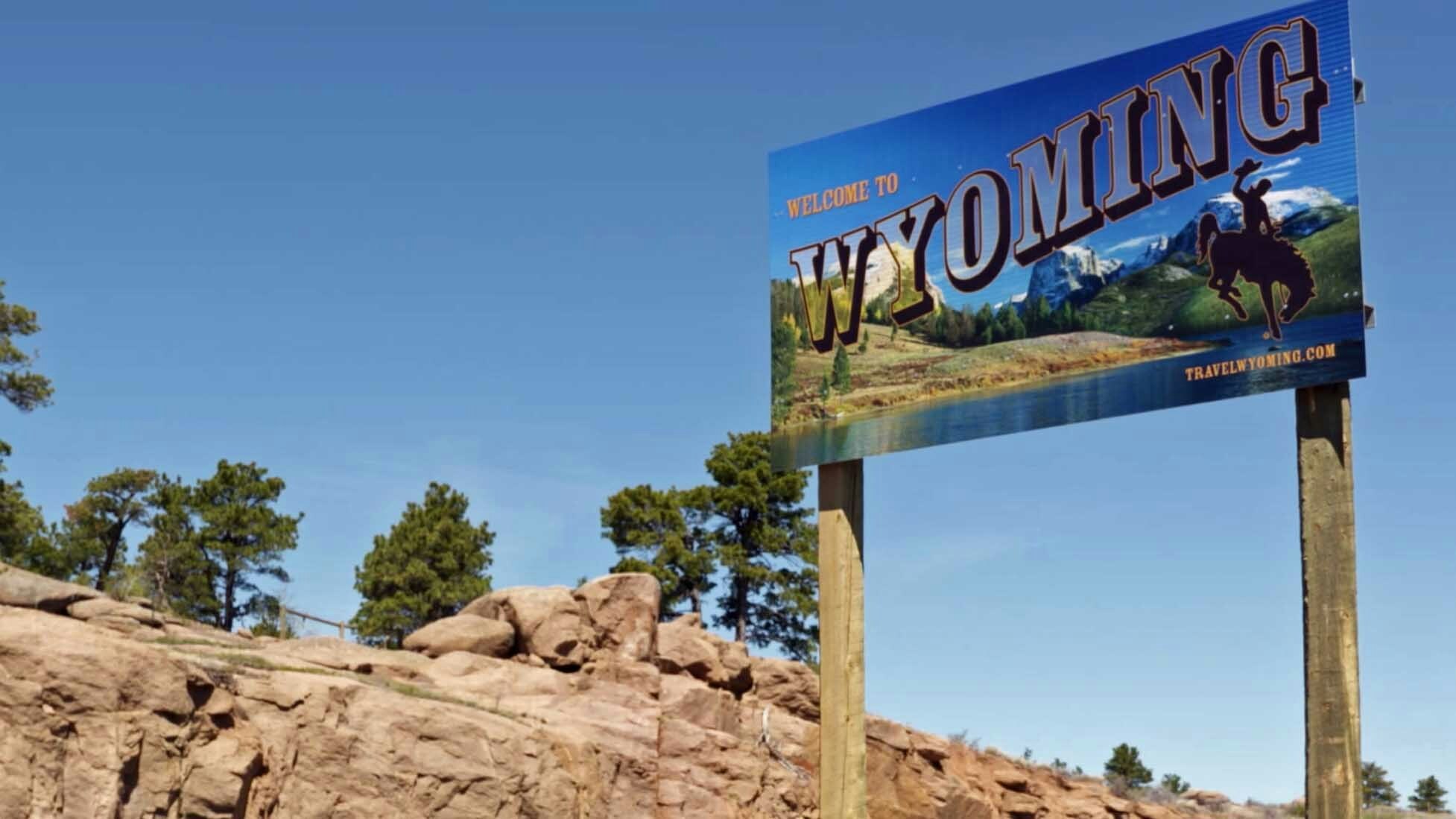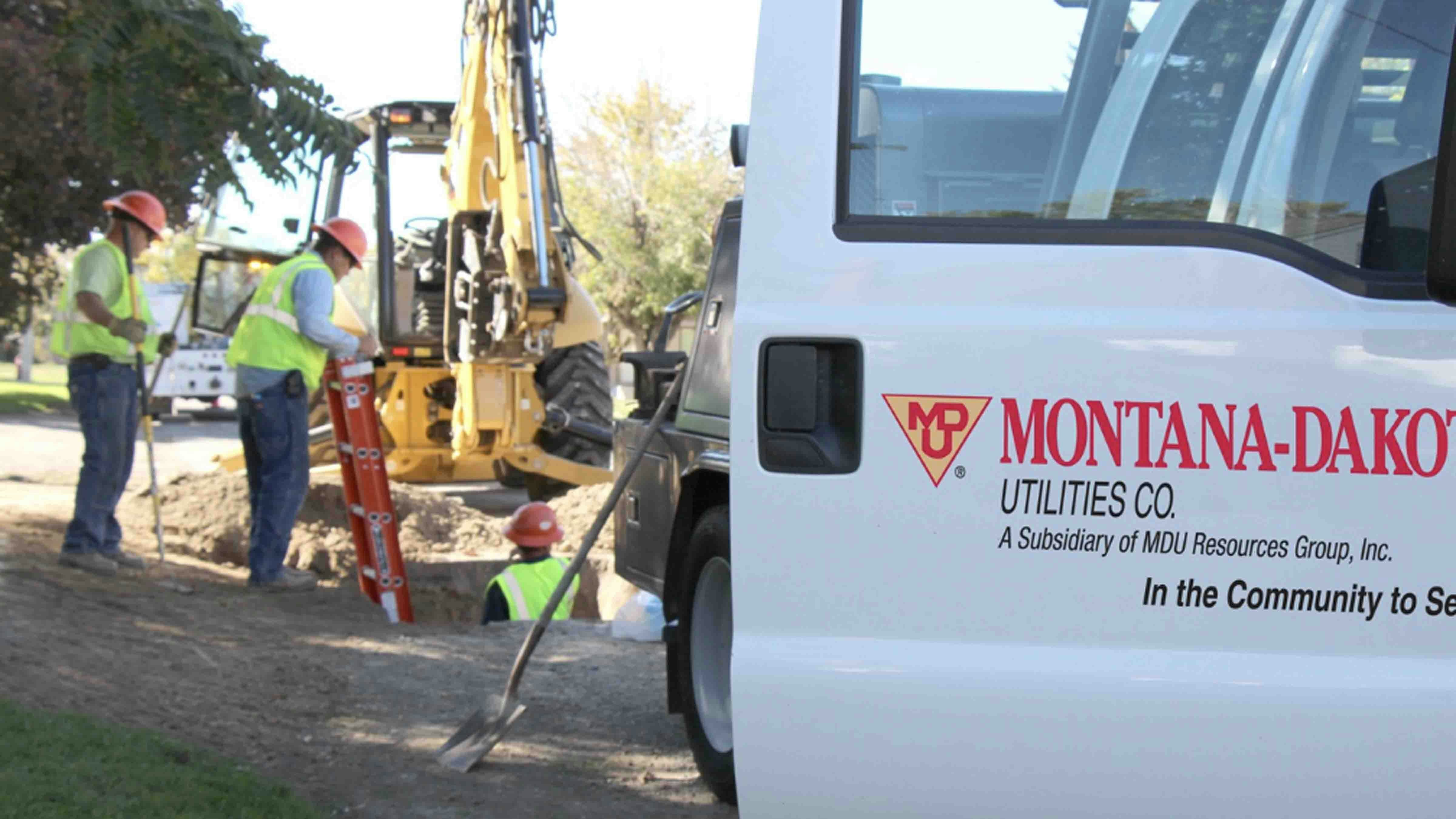A company that studies the movement of people based on their cell phone signals has given Wyoming a grade of “F” for social distancing.
Unacast, which tracks cell phone signals to determine patterns in human mobility, reported that the average distance traveled by Wyoming residents since coronavirus first surfaced actually increased by 6% as of March 22.
Wyoming was the only state to receive an “F” on Unacast’s “Social Distancing Scoreboard.” Montana, which saw distance traveled decline by 15 percent during the same period, received a “D.” The District of Columbia, where the distance traveled has fallen by 61%, received the best rating on the scorecard.The average grade for the country was a “B,” reflecting a 40% decline in travel distances.
Tomas Walle, Unacast’s CEO and founder, said in a blog that his company based its scorecard on distance traveled because it “captures how people adapt their everyday behavior in a few significant areas.” He added the company is working to add new data to its scorecard, such as changes in the number of encounters among people and changes in the number of locations visited.
Among Wyoming’s counties, only nine received a grade better than an “F.” Teton County, with a travel decline of 61%, had the best rating in the state, followed by Park County with a decline of 45%.
Carbon County, with a travel increase of 62%, was ranked worst in the state, followed by Albany County, with a travel distance increase of 61%. Unacast said it created the scoreboard using its technology to provide a free tool so public health experts, policy makers and others can reinforce the importance of social distancing. The company stressed that its technology does not identify any individual person or their cell phone, instead using tens of millions of anonymous mobile phones and their interactions to develop its data.





